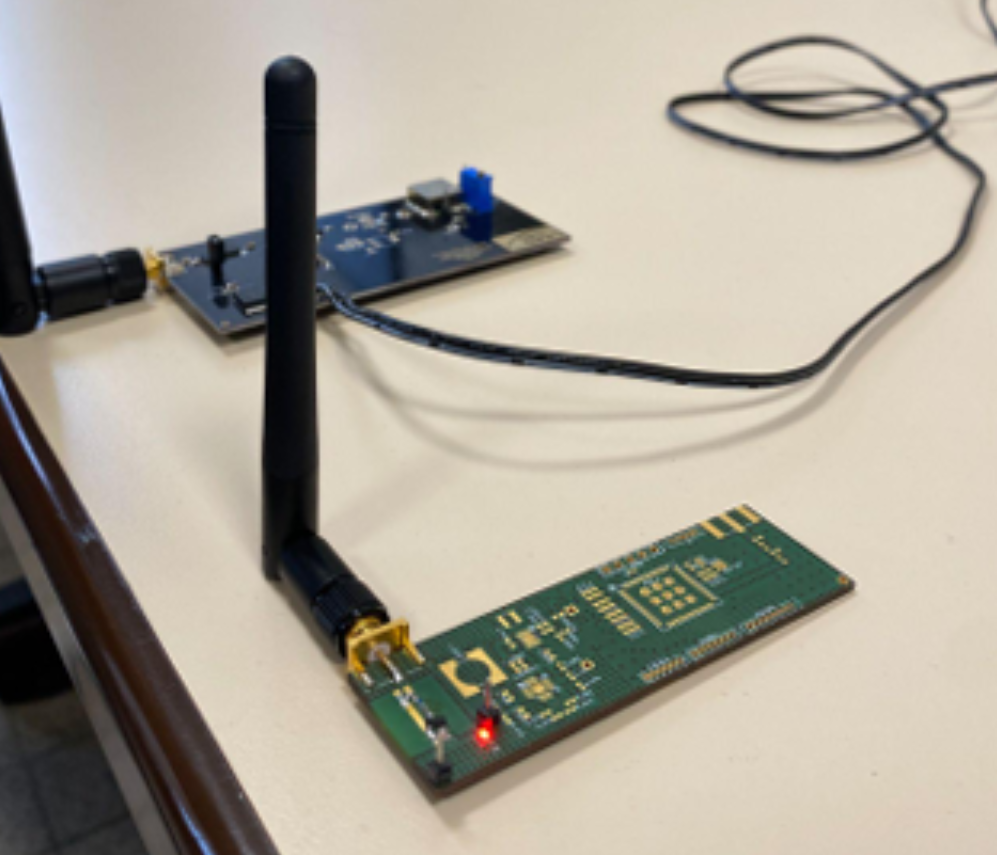Energy for Connected Objects
PART A: GENERALITIES
Presentation
The Energy for Connected Objects course was an eye-opener for me. Taught by G. Loubet, it delved into the various methods of powering connected objects, which is important in the context of IoT. The course covered energy harvesting, energy transfer, and efficient energy management techniques, providing a good understanding of how to sustain IoT devices.
PART B: DESCRIPTIVE PART
Experience Details
Environment and Context
During this course, I explored aspects of energy management for IoT devices. The increasing demand for energy-efficient solutions in IoT highlighted the relevance of this subject. The hands-on sessions allowed me to apply the concepts learned in class to real-world scenarios, which was really beneficial.
My Function
In this course, I was responsible for:
- Understanding different methods of energy harvesting and transfer.
- Applying energy management techniques to IoT devices.
- Conducting experiments to test the efficiency of various energy solutions.
PART C: TECHNICAL PART
This section explores what I learned during practical sessions, including methods to power connected devices by harvesting energy and transmitting power wirelessly. The goal was to develop an efficient way to charge our system for our Innovative project (What a Leak).
Technical Concepts Learned
1. Energy Harvesting Techniques
I learned about various energy harvesting techniques, including light, thermal, mechanical, and electromagnetic energy harvesting. Each method offers advantages and limitations in terms of efficiency, cost, and applicability. For example, solar energy harvesting is highly efficient in outdoor environments, while thermal energy harvesting is suitable for environments with significant temperature variations.
2. Wireless Power Transfer
I explored the principles of wireless power transfer (WPT) and its applications in powering IoT devices. By evaluating the maximum distance for power transfer at different frequencies, I learned that higher frequencies result in shorter transmission distances due to increased attenuation. This understanding is vital for designing efficient WPT systems.


3. Antenna Selection
Choosing the right antenna is really important for efficient energy harvesting and wireless power transfer. I compared patch antennas and whip antennas, evaluating their advantages and limitations. Patch antennas offer high gain and are suitable for fixed installations, while whip antennas provide omnidirectional reception and are ideal for dynamic environments.


PART D: ANALYTICAL PART
Knowledge and Skills Mobilized
- Understanding energy harvesting and transfer techniques.
- Designing and implementing energy-efficient solutions for IoT devices.
- Conducting experiments to test the efficiency of these solutions.
Self-Evaluation
Even though I learned many new concepts and techniques, it would have been interesting to apply all these concepts to a project. Unfortunately, while the innovative project aimed to achieve this, the environment did not allow us to gain energy from the surroundings effectively. This limitation hindered our ability to fully implement and test the energy harvesting and management techniques we studied.
However, I was able to practice during the lab sessions. We investigated the power requirements of a small red light, tested approaches for direct energy usage and storage.
My Opinion
This course allowed me to understand things I didn’t know about connected objects. For example, the large possibility to power devices with electromagnetic waves and other energy sources available in our world. Moreover, learning how to choose an antenna and understanding its working principles was also interesting. This knowledge has enabled me to extend my project ideas to include powering devices more efficiently.